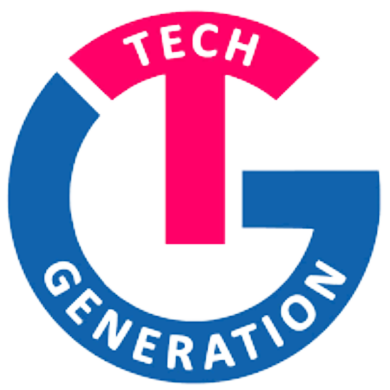Introduction: As the digital landscape expands and our reliance on data-intensive applications grows, traditional cloud computing architectures face challenges in terms of latency, bandwidth limitations, and privacy concerns. In response, a new paradigm called edge computing has emerged, offering a decentralized approach to data processing and storage. In this article, we will delve into the world of edge computing, exploring its benefits, applications, and its potential to revolutionize the way we connect and interact with technology.
- What is Edge Computing? Edge computing refers to the practice of processing and storing data closer to the source or the “edge” of the network, rather than relying solely on centralized cloud servers. By bringing computation and storage capabilities closer to the end-users or devices, edge computing aims to minimize latency, improve performance, and enhance the overall user experience.
- Advantages of Edge Computing: a. Reduced Latency: By processing data locally, edge computing significantly reduces the time it takes for data to travel to the cloud and back, leading to faster response times and improved real-time applications. b. Enhanced Privacy: Edge computing allows sensitive data to be processed and analyzed locally, ensuring better privacy and security by reducing the need for data to be transmitted and stored in the cloud. c. Bandwidth Optimization: By processing and filtering data at the edge, only relevant and important information is transmitted to the cloud, optimizing bandwidth and reducing network congestion. d. Offline Capabilities: Edge computing enables devices to operate and perform computations even in offline or low-connectivity environments, ensuring uninterrupted functionality and improved reliability.
- Applications of Edge Computing: a. Internet of Things (IoT): Edge computing plays a crucial role in the IoT ecosystem, allowing smart devices to process and analyze data locally. This enables faster response times, efficient data filtering, and real-time decision-making, making it ideal for applications like smart cities, industrial automation, and connected vehicles. b. Content Delivery: Edge computing enables content providers to deliver high-bandwidth and low-latency services by caching and distributing content closer to end-users. This reduces the load on central servers and enhances the streaming experience for users. c. Edge AI: Combining edge computing with artificial intelligence, edge AI brings machine learning capabilities to edge devices. This enables real-time data analysis, intelligent automation, and localized decision-making, making it suitable for applications like video surveillance, autonomous vehicles, and personalized healthcare.
- Challenges and Future Outlook: While edge computing offers numerous benefits, it also presents challenges such as device heterogeneity, security vulnerabilities, and the need for efficient management of distributed resources. However, advancements in hardware, networking, and software technologies are continually addressing these challenges. The future of edge computing looks promising, with increased adoption expected across industries, paving the way for a more connected and intelligent world.
Conclusion: Edge computing represents a transformative shift in the way we process and store data, offering improved performance, enhanced privacy, and reduced latency. With its applications ranging from IoT and content delivery to edge AI, this decentralized approach empowers a connected future where data is processed and acted upon closer to the source. As technology evolves, edge computing is set to become an integral part of our digital infrastructure, enabling innovative applications and empowering a more efficient and responsive technological ecosystem.

